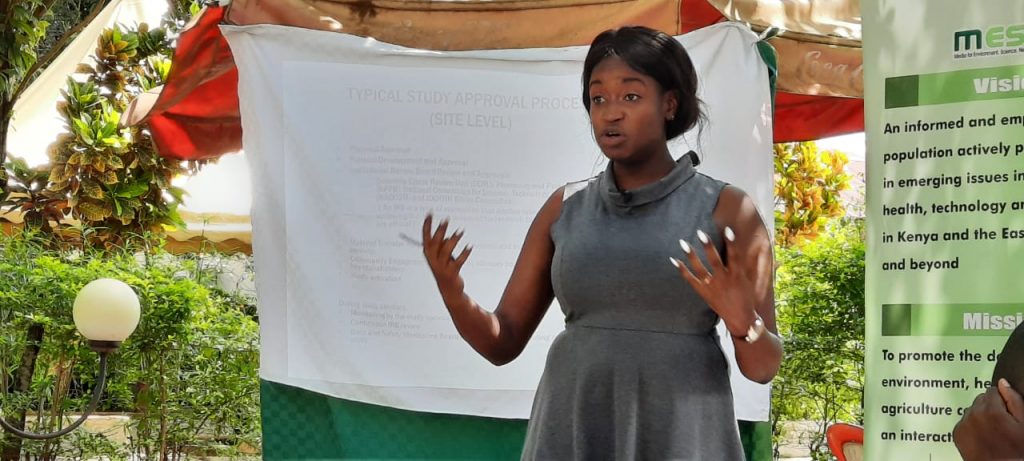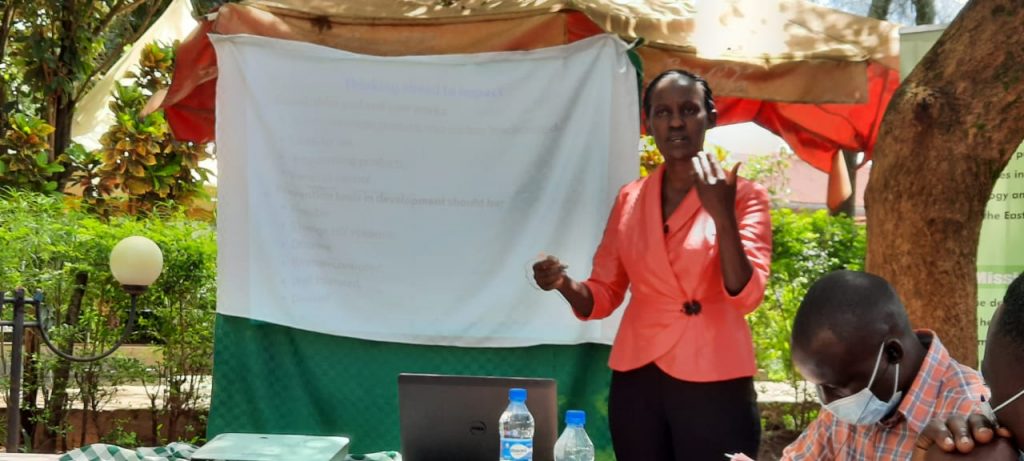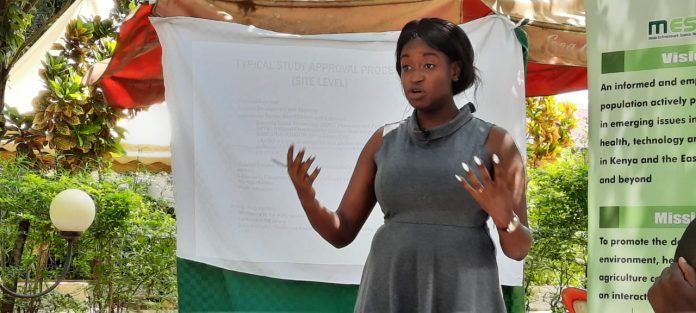By Celine Wamala
Busia
A discrepancy in lockdown measures between Kenya and Uganda has turned out as a major concern on populations living with HIV.
In a region where communities depend on each other for a number of cross border engagement including trade and access to medical system, this population has find itself between a rock and hard place since the outbreak of coronavirus (Covid-19) in East Africa in March this year.

In Busia, the closure of the border locked out over 200 Kenyans Living with HIV who are finding it hard to access their ARVs in Kenyan facilities in Busia and Budalangi.
Constance Were, the Busia County HIV and STI coordinator disclosed that they have been forced to collaborate with Ugandan government, security personnel at the border and Busia County government to deliver the medicines to affected groups.
She observed that many patients had stopped taking their ARVs since they could not access them and thus posing as a threat to the fight against the scourge.

According to Ms Were, quite a number of women who are in polyandry marriages and have partners both in Kenya and Uganda are yet to disclose to their spouses their HIV positive status, posing a challenge in control over spread of the virus.
However, despite the challenges, the official announced that HIV prevalence in Busia had dropped from 7.7 per cent in 2018 to 6.8 percent by June this year following expansion of intervention measures.

Principle investigator at Kisumu KEMRI CDC, Grace Mboya revealed that they have two ongoing studies that involves a set mosaic antigens, which are generated via computer to be able to create a vaccine that is effective to a broad range of HIV strains.
Mboya said that RV144 Vaccine has shown 31.2 per cent efficacies much lower than universally agreed 50 cent thus not effective against the prevention of HIV.
According to World Health Organisation (WHO), more than 25 million people received treatment with antiretroviral drugs in 2019
Ends



